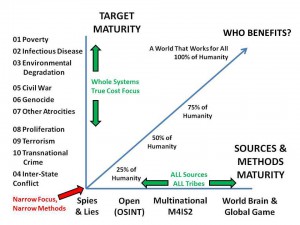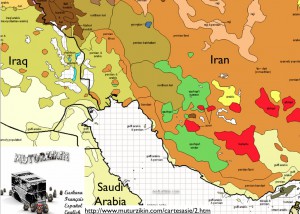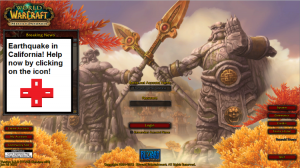![]() Look to nature for lessons in building resiliency
Look to nature for lessons in building resiliency
Mary Catherine O'Connor | July 18, 2013
The Earth is changing at a climatic level, and we humans, in the wake of a growing list of extreme weather events and years-long trends, are scrambling to react. Within the built environment (which includes everything from utility grids to residential homes), designers and architects are turning the focus toward what is emerging as a buzzword: resiliency.
New York Mayor Bloomberg last month announced that the city will spend $20 billion on a program to make its infrastructure more capable of surviving Sandy-like superstorms in the future, which could cost the city upwards of $90 billion by 2050, as sea levels continue an upward march. One research group says the global “climate adaptation services” industry is already worth $2 billion. The U.S. Green Building Council is also considering a plan to give builders Leadership in Energy and Environmental Design (LEED) points for constructing weather- and natural disaster-resilient buildings, because a green building is one that doesn’t need to be rebuilt when disaster hits.
This begs the question: how do we make the built environment more resilient?
For the architecture and engineering firm HOK, the pathway is found in nature. HOK formed an alliance in 2007 with Biomimicry 3.8, a non-profit that helps organizations and educators find design inspiration in biology, and it has been integrating biomimetic principles into projects such as a Haitian orphanage.
Full story below the line.
Continue reading “SmartPlanet: Biomimicry as Meta-Design Inspiration”







